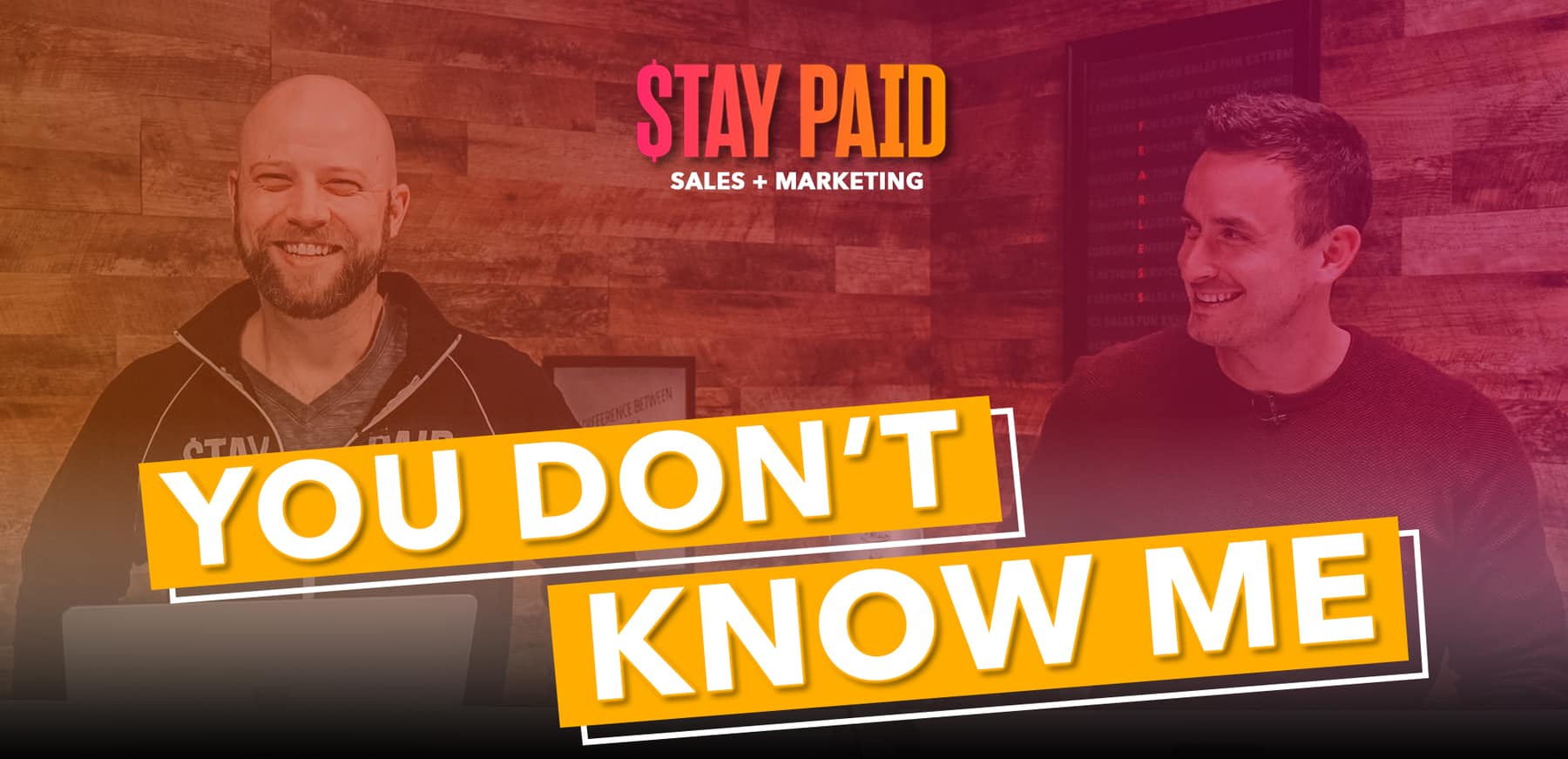How to Respond to Social Media Haters and Negative Reviews
There was a time when, if you were going to be mean, you had to either do it in person or over the phone. But now, with social media, people can be mean anywhere, anytime, to anyone—regardless of whether they know you.
In this week’s Silver Dollar episode, Luke and Josh offer suggestions for how to handle the hateful comments you might receive after posting to your social media business account.
But first, an important distinction that some people who have written about haters fail to make:
- A hater is someone you don’t know and who has never done business with you.
- A negative review, on the other hand, is from someone who has done business with you and had a negative customer experience.
You’ve got options when dealing with haters
You got a comment from a hater. Now what do you do? You can:
- Respond
- Delete and block
- Ignore
Respond: Remember that haters are trying to get you to engage with them. They want a full-blown hate fest where they can get under your skin and draw attention to themselves. If you do feel compelled to respond, do everything in your power not to escalate the situation—although, if you’re feeling compelled, keeping things calm isn’t likely to happen.
Delete and block: This one is easy. No response is necessary. Just click and click. Done.
Ignore: Ignoring the haters is not the same as deleting and blocking. Luke and Josh believe all visibility is good publicity—even the hate—because people will form their own opinions. Additionally, they’re confident that anyone more successful than you will not waste their time posting malicious comments.
More important is how you respond to negative reviews.
You must respond to negative reviews
Hopefully, you won’t encounter many negative reviews, but when you do, it’s imperative that you respond appropriately. If you don’t, your business can suffer.
You can hear all the details about how to respond as you listen to the episode, but here are the highlights:
- Respond as quickly as possible.
- Take ownership of the situation.
- Offer your thanks.
When you respond, keep in mind that you are responding not only to the person who posted the comment but also to everyone who sees it. It’s one of the reasons why speed counts. If you wait or ignore the comment, other visitors will form an unfavorable opinion of your business and service.
Taking ownership of a situation doesn’t mean that you have to admit fault. It does mean that you are going to take responsibility for moving toward a solution. Luke has an extremely effective response to situations where customers have a poor experience, so you’ll want to listen for it.
It may seem odd to thank someone after they’ve publicly chastised you, but in truth, they may have done you a favor. Perhaps there’s a flaw in your system, process, or product that, prior to the comment, you weren’t aware of. By pointing it out, they helped you to improve.
Yes, it would have been better if they didn’t do it publicly but guess what . . . it’s not unusual for a dissatisfied customer who has been treated with respect and gotten their problem solved to either amend their negative comment, post a more positive review, or remove it.
Be proactive and avoid the problem altogether
Want to make an already upset customer even angrier? Pass them around and around until someone with the proper authority can assist them.
You can avoid this situation by ensuring that everyone on your team knows what they can do on their own to solve a customer’s issue and the procedure for escalating the problem when they’ve exhausted their options.
Another option is to solicit the help of former satisfied clients. Provide an automated forum that appears post-transaction for feedback and honest opinions. At ReminderMedia, there have been occasions when former clients have responded in our defense to a negative review!
Perhaps the best action you can take to avoid customer complaints and negative reviews is to clearly set expectations during your first customer interaction. If it is going to take a week to solve a problem, then say so and explain why.
It’s also a good practice to keep your customer in the loop. Promise to call them back with a status update, and then keep that promise.
Key Points
- No one more successful than you will ever post a hateful comment.
- All visibility is good; people will form their own opinions.
- Remember that your responses to negative comments are read by everyone.
- You don’t have to admit fault to own the situation.
- Set expectations at the beginning of a relationship to help avoid negative reviews.
Action Item
Put a process in place that reduces the time it takes you and/or your team to respond to negative reviews.
Connect | Resources
Ep. 145: How Will Penney and His Team Sold 251 Homes Last Year from Referrals and Reviews.
Put A Pin In It YouTube series
Above The Noise YouTube series



















 Soundcloud
Soundcloud iHeart Radio
iHeart Radio Spotify
Spotify Spotify
Spotify


